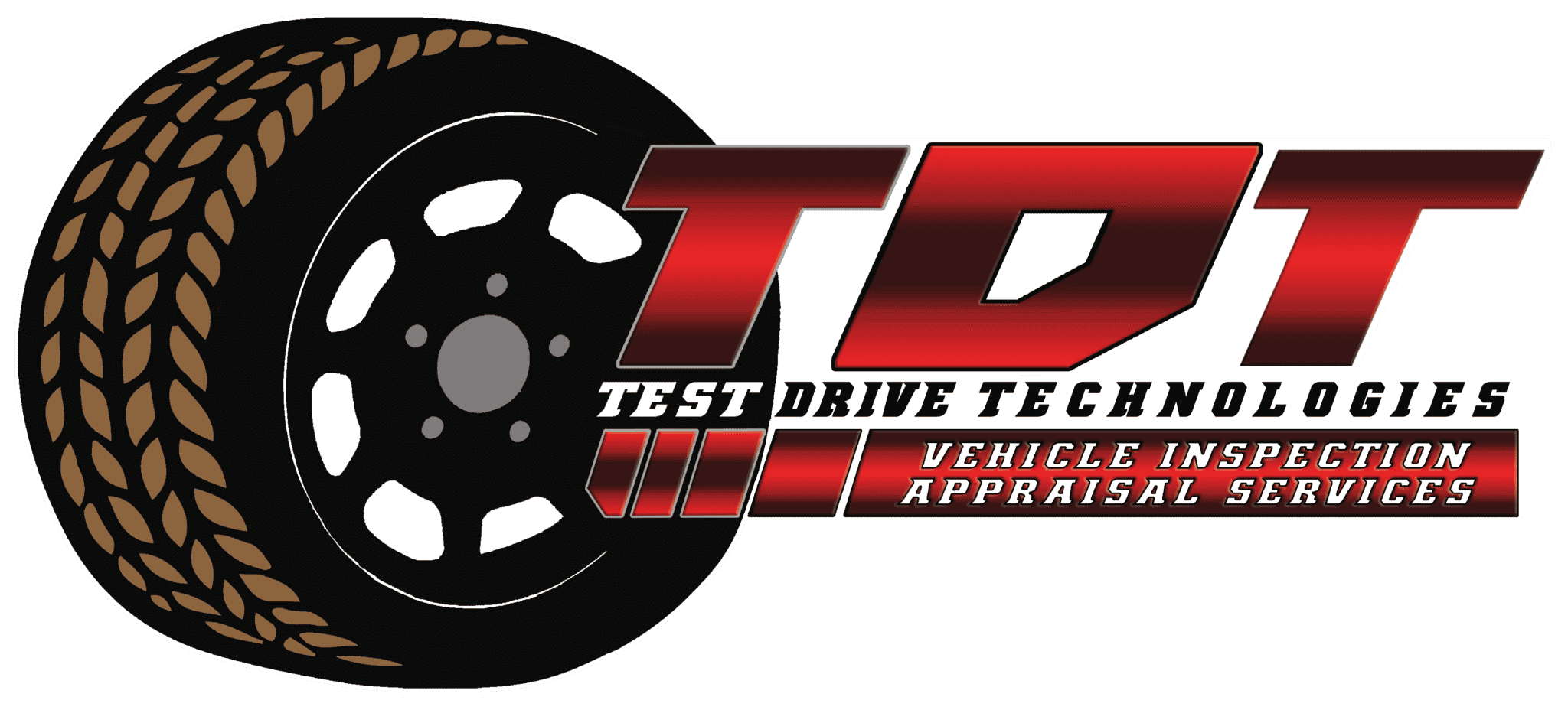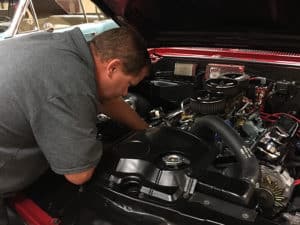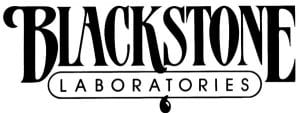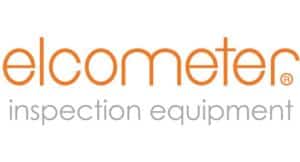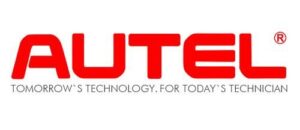What Effects Collector Car Market Values
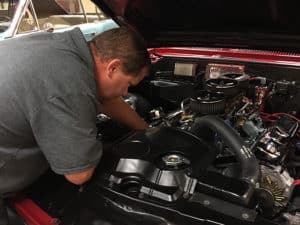
Each year the market fluctuates, the value of the dollar goes up and down as well as the stock market. This is not an article about the stock market or economics so I will leave that for the financial advisors to discuss with you. However, as the market fluctuates so does the value of the dollar sometimes it is stronger and sometimes it is weaker thus being a major contributor to the value change in your vehicle or the ability for you to replace it with a vehicle in similar condition.
Another big factor in a collector car value is the availability of the vehicle type in the marketplace. Year after year collector cars become harder and harder to find in good to even fair condition due to corrosion and poor previous restorations. The manufactures of aftermarket products and kits have also upset many of the base factors of valuing vehicles as clones and tribute cars are being passed off at shows and estate auctions as true genuine classic cars, thus increasing the market value even more for those original numbers matching vehicles.
Collector car auctions such as Barrett Jackson and Mecum often sell some of the highest quality cars in the world for some of the highest prices. These high prices for high quality cars often distort the values for the lower quality collector cars in the marketplace as brokers and dealers world-wide often see an opportunity to increase their asking prices for a less quality of collector car.
Why You Should Have a Current Fair Market Value Appraisal

Although there are more reasons than the two I will leave you with I believe these are the most common and most important reasons to have a current fair market value appraisal on your collector car. The first reason I give you is for your own financial protection, insurance. Many collector car enthusiasts often base their value of the vehicle off a number that they agree one with their insurance agent or insurance company for what they feel the car is worth, often anything over that “agreed value” requires a fair market value appraisal to be performed by an appraiser. This requirement often pushes the collector car enthusiast to leave the value set at the agreed value thus the true value of the vehicle is never stated nor documented, leaving a lot of wiggle room for the insurance company to dispute the value of the vehicle in the event of a loss or diminished value. With a current fair market value appraisal on file and the proper value placed on in the insurance file you are more likely to be protected financially if the unfortunate were to happen.
The second reason to get a collector car appraised every two years or after improvements is simply for marketing of the vehicle. An appraisal is much more than just a simple figure showing how much the car is worth. Each appraisal puts the collector car through an inspection process like that of being judged on the concourse at a car show checking items such as paint condition, body work, interior, engine, transmission, driveline, frame, undercarriage, electrical, and factory versus period correct parts. An accurate and up to date fair market value appraisal on a collector car can provide proof of value and help during sales negotiation and potentially bring in your asking price.
People often own collector cars for different reasons however, the two main reasons they often own a collector car is because they either inherited it from family or they are a collector car enthusiast. Either way the best form of protection is to have the vehicle insured for an accurate amount and the first step is to have a fair market value appraisal performed on the vehicle. I run into many enthusiast that say they either haven’t had their vehicle appraised in 10-20 years or even they have never had an appraisal done on their collector car. They are opening themselves up for a big loss.
What Should a Fair Market Value Appraisal Consist of

A fair market value appraisal is only as good as whom performs the inspection and writes the report. Credentials and experience is big factor you should consider when hiring someone to appraise your collector car. Look for someone who is independent, someone you have been referred to or someone that is in the local area of the vehicle. There are numerous online companies that claim they will connect you with an appraiser or perform an appraisal however, you may not ever be able to communicate with them or even know their true experience level. Prior to hiring someone to perform an appraisal on your collector car be sure to request and review a past appraisal report they have performed recently or even talk with someone you know whom has had an appraisal performed by this appraiser in the past to see the quality of work, ease of understanding and the level of information provided within the report. Always and I mean always interview the person who will be inspecting the collector car and actually writing the appraisal.
A fair market value appraisal should consist of many sections and pages. Within the fair market value appraisal report you should be able to easily follow and understand the method of which the appraiser used to determine the value of the collector car. The first two pages of your appraisal report should consist of a cover page which briefly introduces the vehicle and a “Letter of Appraisal” which plainly states whom the vehicle was appraised for, when it was appraised, what the vehicle was and what value the vehicle was appraised at. Often the “Letter of Appraisal” is the only document that your insurance company will require to be kept on record.
Several pages into your collector car appraisal report you should find sections such as the purpose of the appraisal, how the condition of the vehicle is determined, what the vehicle is compared to and how the value will be stated. These sections are for informational purposes only and are required to be present in ever appraisal by the Uniform Standards of Professional Appraisal Practice or USPAP for short. These sections should plainly and easily state how the appraisal will be performed and how the value is obtained for the collector car. Further in the appraisal report will also state any assumptions and limiting conditions and how the vehicle will be classified and a condition assigned to the collector car for comparison use.
A fair market value appraisal should always contain an identification and inspection section for the collector car being appraised. This section should clearly represent the serial number, trim tag and any other identifying information of the collector car such as documentation provided by the owner or any awards. Some appraisals, but not all, often include photographs documenting the collector cars condition such as body, interior, undercarriage, wheels, option packages, engine sizes, serial numbers from engines and other powertrain components. This is important to have included in the appraisal report because it documents the collector cars current condition at a time in history and adds empirical evidence of the vehicle’s condition in the event of a loss were to happen to the vehicle. The inspection and photos can be listed in a checklist format or in a report style narrative explaining what the appraiser found during the inspection of the vehicle and how this may or may not affect the value of the vehicle.

A fair market value appraisal should also contain the documented proof of how and what other like-condition vehicles the collector car was compared to. The vehicle should be compared to several sources of information such as Market Value Data which comes from well-known sources such as NADA, Hagerty and the Collector Car Price Guide. The collector car must also be compared to other vehicles listed or sold in the current marketplace less than a year old. Some of these sources may include Hemmings, Barrett Jackson, Mecum and other sources for classified listings as well as online forums or car club websites. All comparison listings should include the current date the comparison was obtained, the source of the comparison as well as the year, make, model and price of the comparison vehicle. These can be screen shots or full typed listings but all the information should be provided. Adjustments for option packages should be either included in the listing or in a separate section in the appraisal report.
One of the sections which set our appraisal reports aside from many others is our “Summation of Value” section. This section in our collector car appraisal reports provides a highly-detailed analysis and computation on how our appraisal value was formed. This section shows all the collector car options, condition, reason for condition grade and all the market data and comparison values which was used and how they were used to formulate the appraised value of the collector car. This section is not a required section but gives the reader an easy-to-understand report.
The last section of a quality collector car fair market value appraisal is the “Statement of Appraisal”. This section is often also called the appraisal declarations section which outlines any disclosure or disclaimers within the appraisal report as well as stating the appraised value of the collector car discussed in the appraisal report in the form of a dollar figure.
Lastly, the collector car appraisal report should be signed by the appraiser and list their certification or license number under their signature.
Where You Can Get a Collector Car Appraisal
My recommendation on where to get a collector car appraisal is a bit biased as I would rather you choose Test Drive Technologies. However, if you are not in our area, I highly recommend asking a local car club president for a recommendation. Often car club members know or have someone in their club which is certified to provide appraisal services and are happy to introduce you to them. Remember to choose someone you know or someone you have been referred to!
